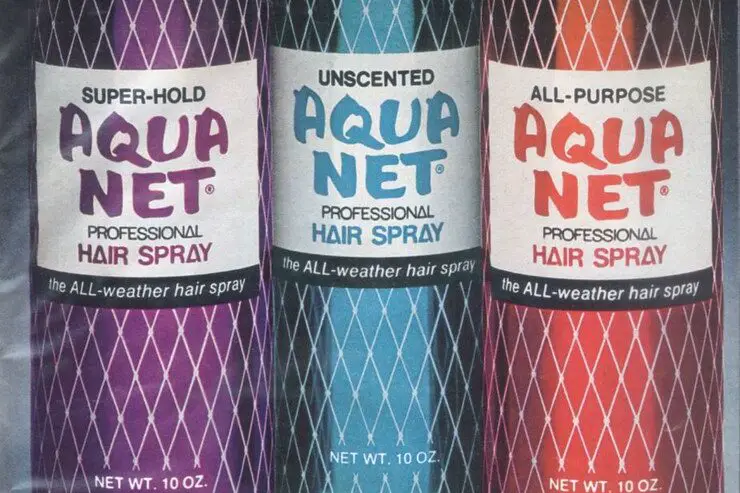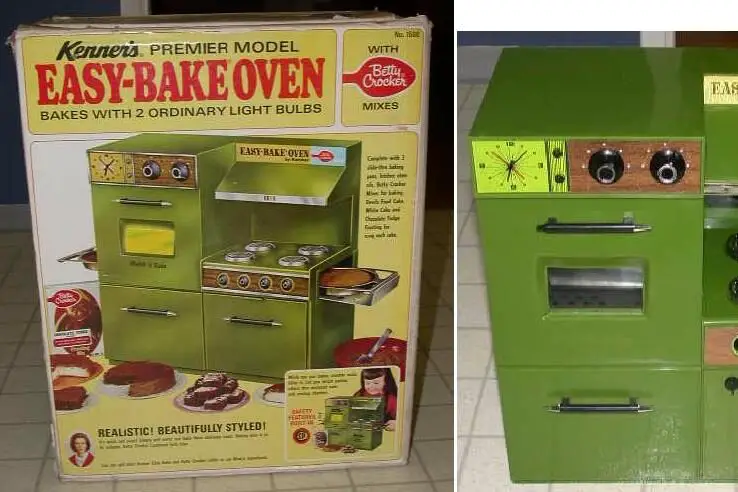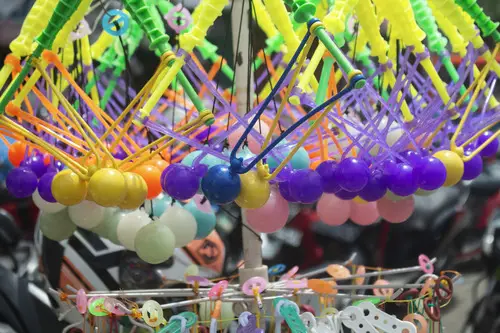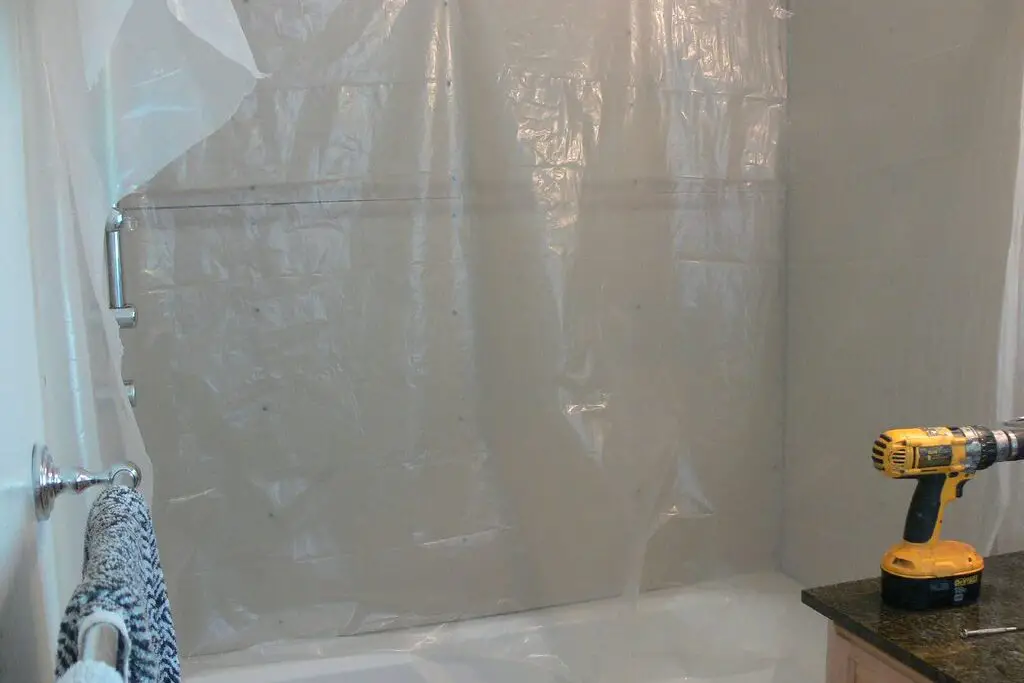1. Aqua Net Hairspray

In the ’70s, Aqua Net hairspray was the holy grail of big, voluminous hair, helping create the iconic styles of the decade. But as it gained popularity, concerns began to emerge about its dangerous side effects. The aerosol cans released flammable chemicals, which made them a fire hazard, especially in homes with open flames or heat sources nearby. Additionally, the excessive use of the product contributed to poor air quality indoors, leading to respiratory issues. Prolonged inhalation of the chemicals in the hairspray was known to cause dizziness, headaches, and even asthma attacks. The risk was not only for those who used it but also for anyone who inhaled the fumes.
By the ’80s, the dangers associated with Aqua Net began to outweigh its effectiveness. Safety concerns, particularly regarding flammability and inhalation hazards, led to tighter regulations on aerosol sprays. Many other hairspray brands were forced to reformulate their products to make them safer for consumers. Aqua Net eventually faced bans in certain places, and its legacy as a hazardous beauty product remains a lesson in the importance of safety standards. Though it continued to be sold in some places, the reformulation of hairsprays across the industry signaled the end of the era of dangerous beauty products.
2. Easy-Bake Ovens

The Easy-Bake Oven was one of the most beloved toys of the ’70s, allowing children to bake miniature cakes and cookies with just a light bulb. However, what many didn’t realize at the time was that the product was dangerously hot and prone to causing serious burns. The oven was powered by an incandescent light bulb, which heated up to scorching temperatures, and the materials surrounding the oven were not designed to insulate it from the heat. While children delighted in using it to “bake,” many ended up with painful burns when they accidentally touched the oven or its parts. There were also numerous incidents where the oven caught fire or overheated.
As reports of injuries mounted, particularly to children who were unsupervised while playing with the toy, parents and safety regulators began to raise concerns. The Easy-Bake Oven was recalled several times during the ’70s due to its hazardous design. The potential for burns, as well as the fire risks associated with the light bulb heating element, led to its eventual redesign. Though it continued to be a popular toy in later years, the ’70s version was permanently pulled from the shelves due to the ongoing safety issues it caused. In hindsight, it’s a stark reminder of how a seemingly innocent toy can quickly turn dangerous if proper safety measures are not considered.
3. Lawn Darts

Lawn darts, a popular backyard game during the ’70s, featured large, heavy metal darts that were thrown at a target, often leading to serious accidents. The game was supposed to be fun, but the sharp, metal tips of the darts created dangerous situations when players, particularly children, were involved. The weight and sharpness of the darts meant that they could cause deep cuts or even puncture wounds if thrown improperly or if they missed the target. There were multiple reports of injuries, including eye damage, fractured bones, and deep skin lacerations, which caused safety regulators to take action.
As awareness of the dangers grew, lawn darts became the subject of widespread scrutiny. In the late ’70s, the U.S. Consumer Product Safety Commission began investigating the toy, and by 1988, lawn darts were officially banned in the United States. Although a safer, plastic version was later introduced, the original metal lawn darts were permanently removed from stores. The dangerous nature of the game highlighted the importance of reconsidering seemingly harmless toys and rethinking their design before they make their way into the hands of children.
4. Lead Paint

Lead paint was once a household staple, particularly for children’s toys and furniture, due to its durability and bright colors. However, by the ’70s, the harmful effects of lead exposure had become more widely understood. Lead poisoning, particularly in children, could result in severe developmental issues, including cognitive impairments, behavioral problems, and even death in extreme cases. Children, being naturally curious and prone to putting objects in their mouths, were at the highest risk of exposure through toys or painted surfaces. As reports of lead poisoning surged, public outcry grew over the continued use of lead-based paints in homes and products for children.
In 1977, the U.S. government began to take action by limiting the use of lead in paints, and in 1978, the U.S. banned lead-based paints entirely for residential use. The decision came after extensive research that showed the serious health risks associated with lead, especially in young children. Although the law helped reduce lead poisoning cases, homes built before 1978 continue to pose risks, especially for families who live in older homes. The regulation of lead paint stands as a pivotal moment in consumer safety history, and the shift away from toxic materials marked a turning point in how the country approached product safety.
5. The Clackers Toy

Clackers, the ’70s toy made up of two hard plastic balls connected by a string, were marketed as a fun and exciting way for kids to pass the time. However, this seemingly innocent toy quickly turned into a dangerous hazard. The toy was designed to be swung back and forth to make a clacking noise, but its design often led to the balls flying off their strings, causing injuries to anyone nearby. The hard plastic material and high-impact motion made the toy unpredictable, and it was common for children to be struck in the face or hands, leading to broken teeth, cuts, and bruises. The impact from the toy also resulted in hand and wrist injuries from the swinging motion.
As the number of accidents related to Clackers increased, safety groups began to demand stricter regulations. The U.S. Consumer Product Safety Commission issued warnings, and in the late ’70s, the toy was pulled from store shelves. The injuries caused by Clackers, especially to the face and eyes, were enough to lead to a complete recall. Despite their brief popularity, Clackers were quickly relegated to the list of dangerous toys, reminding us how even a simple toy can become a major safety concern.
6. Black Light Posters

In the ’70s, black light posters were an iconic part of home decor, especially for dorm rooms and parties. These posters were designed to glow brightly when illuminated by a black light, making them a popular addition to the psychedelic aesthetic of the time. However, the fluorescent inks used on these posters contained toxic chemicals such as phosphors, which could be harmful if exposed to the air over long periods. The chemicals used in the production of these posters released volatile organic compounds (VOCs), which contributed to indoor air pollution. The strong smell from these chemicals could cause headaches, nausea, and dizziness, especially in poorly ventilated areas.
As more information came to light about the dangers of these inks, black light posters became less popular. By the late ’70s, health experts began warning the public about the risks of prolonged exposure to the chemicals in fluorescent paints. Despite the fun and funky aesthetic they provided, these posters were quietly phased out as people became more aware of the potential risks. Today, the idea of using fluorescent inks in home decor is far less common, as safer, non-toxic alternatives have taken over the market.
7. Plastic Shower Curtains

Plastic shower curtains were a common household item in the ’70s, offering an affordable and convenient way to keep water in the shower. However, the material they were made from, PVC (polyvinyl chloride), turned out to have some serious health risks. When exposed to hot water and steam, the plastic would release harmful volatile organic compounds (VOCs) into the air, causing indoor air pollution. These chemicals could irritate the eyes, nose, and throat, and prolonged exposure to the fumes was linked to headaches, dizziness, and respiratory problems. In addition to the chemical concerns, the strong plastic odor that accompanied the curtains was also unpleasant, especially when they were first unwrapped.
By the ’80s, people began to recognize the hazards associated with PVC-based shower curtains, and the demand for safer alternatives grew. Today, manufacturers use more eco-friendly materials, and plastic shower curtains made from PVC have largely been phased out in favor of fabric versions or PVC-free plastics. Despite their popularity in the ’70s, the health risks associated with plastic shower curtains led to a shift toward safer, more sustainable options in home products. The lesson learned here is a reminder that even everyday items can have hidden dangers, prompting us to reconsider their impact on our health.
